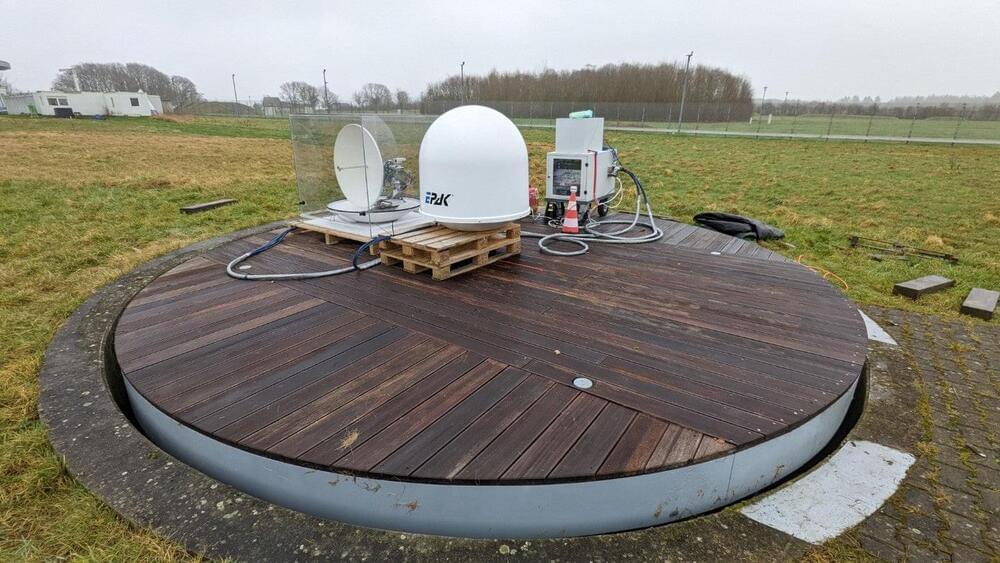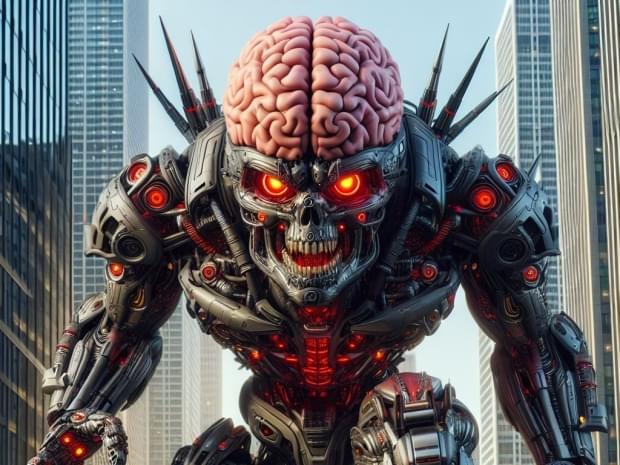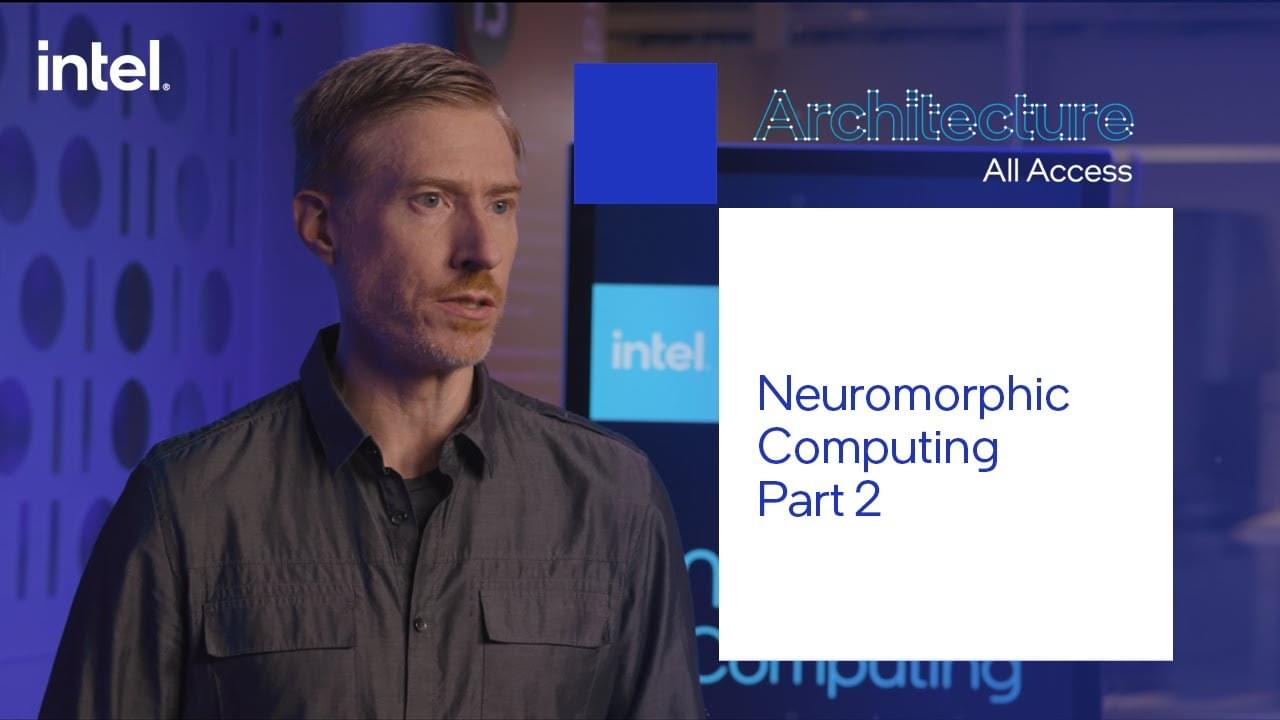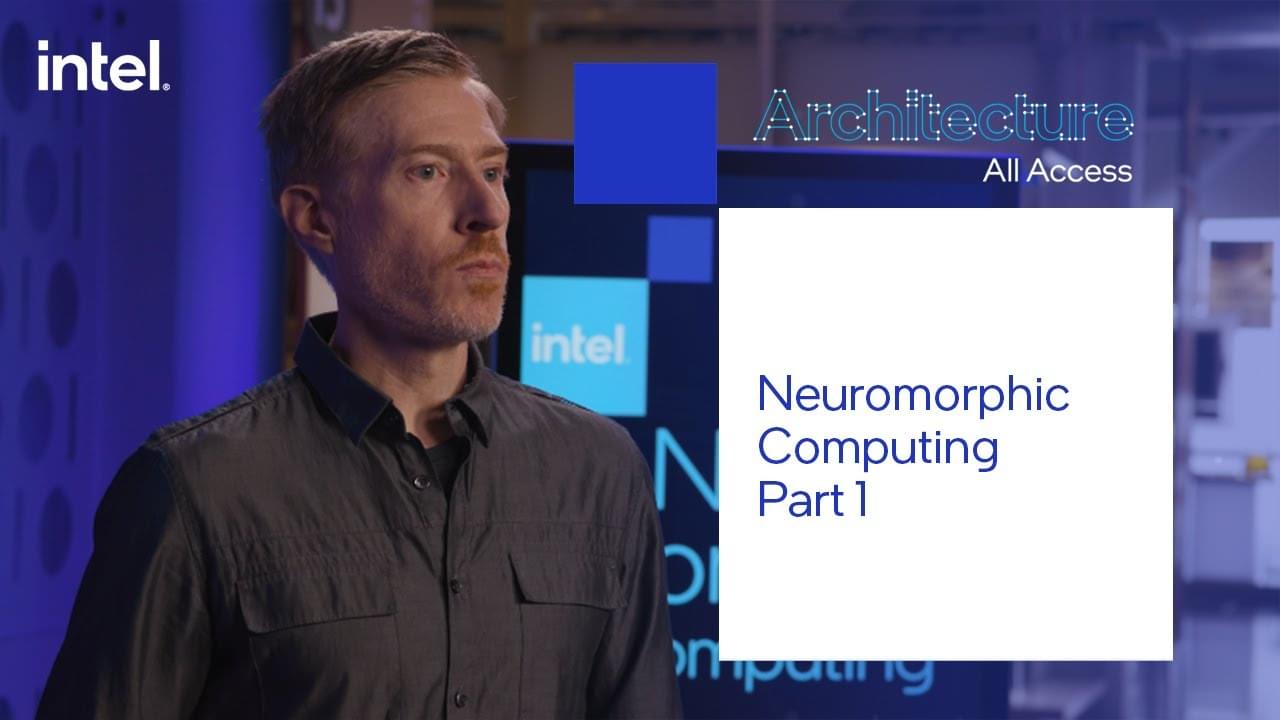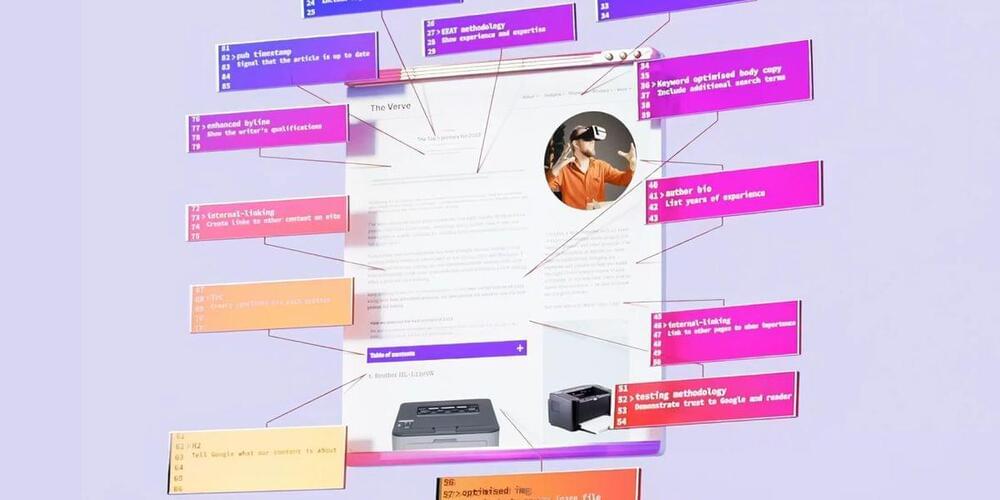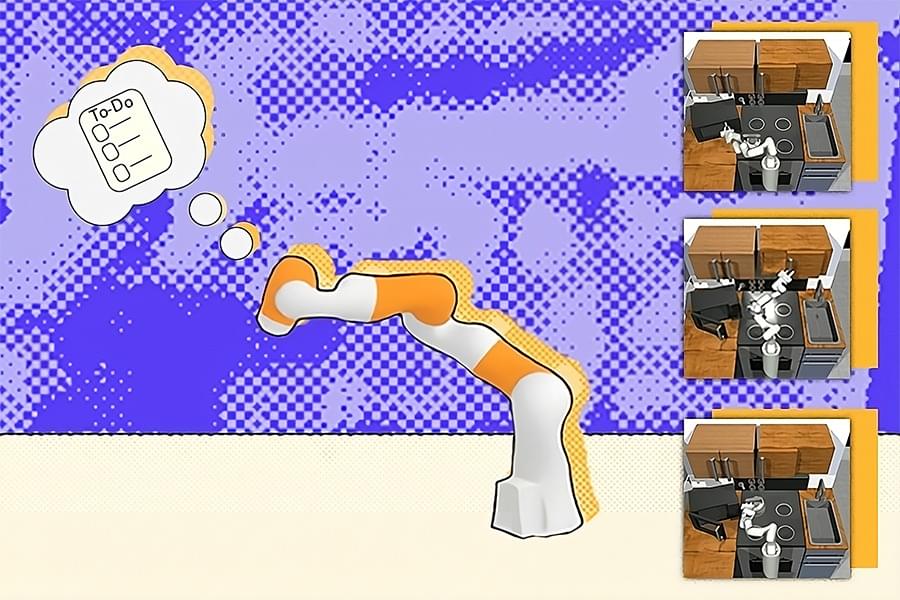
The HiP framework developed MIT_CSAIL creates detailed plans for robots using the expertise of three different foundation models, helping it execute tasks in households, factories, and construction that require multiple steps.
“All we want to do is take existing pre-trained models and have them successfully interface with each other,” says Anurag Ajay, a PhD student in the MIT Department of Electrical Engineering and Computer Science (EECS) and a CSAIL affiliate. “Instead of pushing for one model to do everything, we combine multiple ones that leverage different modalities of internet data. When used in tandem, they help with robotic decision-making and can potentially aid with tasks in homes, factories, and construction sites.”
These models also need some form of “eyes” to understand the environment they’re operating in and correctly execute each sub-goal. The team used a large video diffusion model to augment the initial planning completed by the LLM, which collects geometric and physical information about the world from footage on the internet. In turn, the video model generates an observation trajectory plan, refining the LLM’s outline to incorporate new physical knowledge.
Continue reading “Multiple AI models help robots execute complex plans more transparently” »
